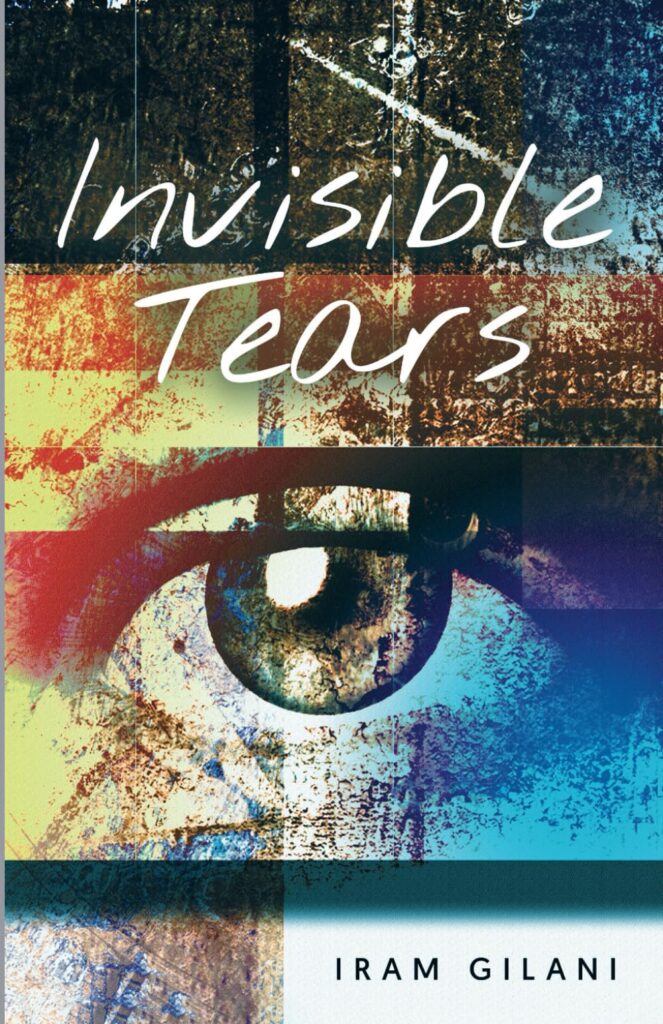In a world where appearances often dictate perceptions, individuals bearing visible trauma find themselves navigating a landscape fraught with judgment and scrutiny. Whether it’s scars from a past injury, physical disabilities, or emotional wounds etched onto their faces, the way others perceive them can profoundly impact their healing journey.

Imagine a person with visible trauma, bravely stepping out into the world, only to be met with stares, whispers, and sometimes outright hostility. Every glance feels like a spotlight, every hushed conversation a dagger to the soul. Instead of empathy and understanding, they encounter prejudice and ignorance.
The effects of this negative attention on their healing abilities are profound. Rather than feeling supported and validated, they may internalize the negativity, leading to feelings of shame, worthlessness, and self-doubt. The very act of being constantly scrutinized can retraumatize them, reopening wounds that were slowly beginning to heal.
Moreover, the fear of judgment may prevent them from seeking help or participating in activities that could aid in their recovery. Whether it’s avoiding therapy sessions out of fear of being labeled as “broken” or refraining from socializing due to anxiety over how others will react, the barriers erected by negative attention only serve to prolong their suffering.
In some cases, individuals may even resort to self-isolation as a means of shielding themselves from the harsh gaze of the outside world. This isolation, while initially providing a sense of safety, ultimately perpetuates feelings of loneliness and despair, further impeding their healing journey.
The psychological toll of constantly feeling like a spectacle can also manifest in physical symptoms, exacerbating existing health issues and hindering the body’s natural healing processes. Chronic stress, anxiety, and depression can weaken the immune system, making it harder for the body to recover from both physical and emotional trauma.
So, what can be done to alleviate the burden placed on those with visible trauma? First and foremost, it’s crucial for society to foster a culture of empathy, compassion, and acceptance. Rather than casting judgment or turning a blind eye, we must strive to educate ourselves about the diverse range of experiences that exist within the human condition.
Additionally, providing access to mental health resources and support networks can offer much-needed assistance to those grappling with the aftermath of trauma. By creating safe spaces where individuals feel seen, heard, and valued, we can help facilitate healing and promote resilience.
Ultimately, it’s important to remember that healing is not a linear process, and each person’s journey is unique. By extending kindness and understanding to those with visible trauma, we can play a vital role in helping them reclaim their sense of self-worth and rebuild their lives on their own terms.
Iram Gilani
Author | Speaker | Mentor
Book: Invisible Tears
www.IramGilani.com
Contact@IramGilani.com

